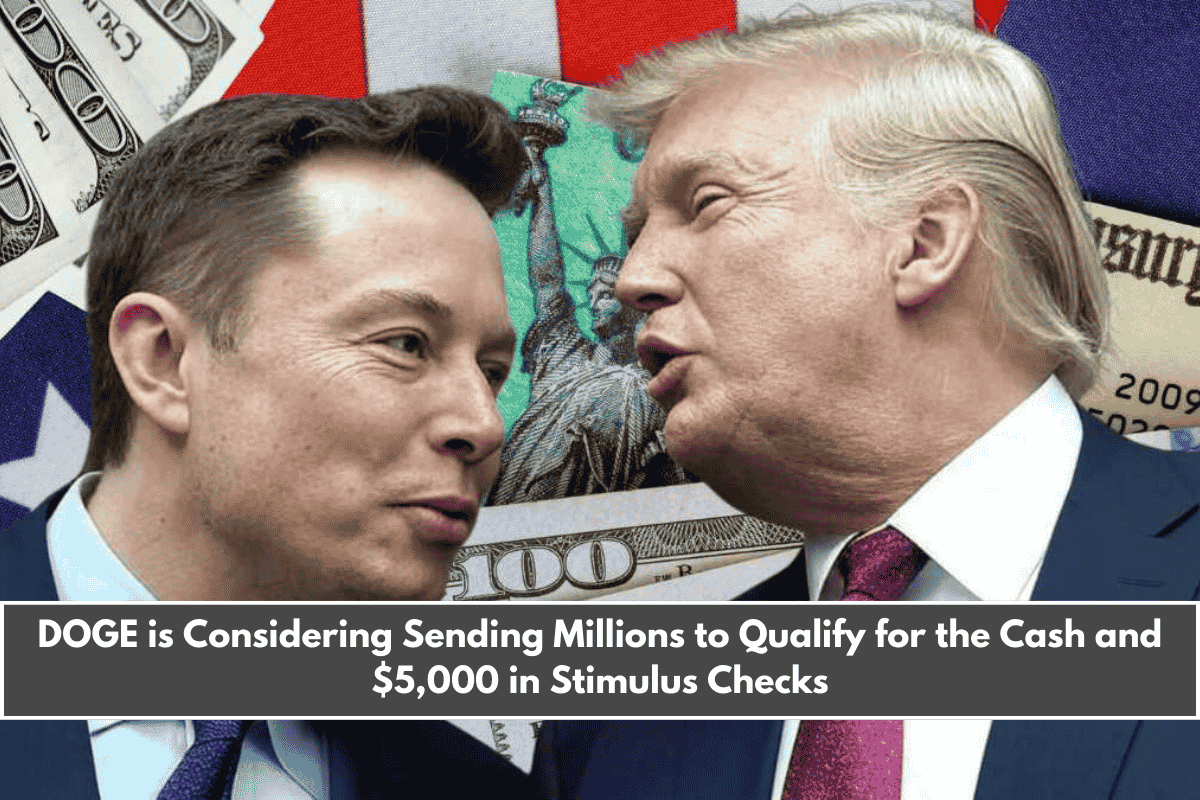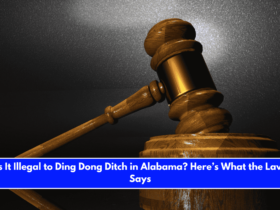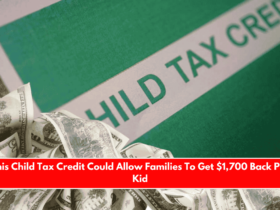A new proposal known as “DOGE dividends” has recently gained major attention, thanks to public support from President Donald Trump and tech billionaire Elon Musk. This idea has stirred excitement—and controversy—because it suggests giving millions of American households a one-time payment of $5,000, much like past stimulus checks.
But are these payments really happening? Who would qualify? And how are they different from previous relief programs? Here’s a simple breakdown of everything you need to know about the proposed DOGE dividends.
What Are DOGE Dividends?
The term “DOGE dividends” refers to a financial proposal led by James Fishback, the CEO of Azoria, and supported by Elon Musk, who is acting as the head of the Department of Government Efficiency (DOGE).
The plan is to return 20% of savings from this department—estimated at $2 billion—to the American public in the form of $5,000 checks per eligible household. Fishback said the idea came to him in a dream and later shared the full details in a four-page document posted on X.com.
According to the proposal, checks would be issued after July 2026, if the plan goes forward. Another 20% of DOGE savings would be used to pay down the national debt.
Are DOGE Dividends the Same as Stimulus Checks?
Not exactly. While many people are calling them stimulus checks, especially since they resemble those sent during the COVID-19 pandemic, the DOGE dividends are being defined as a type of tax refund.
Here’s the difference:
- Pandemic stimulus checks were aimed at boosting the economy quickly by giving everyone—especially low- and middle-income families—money to spend.
- DOGE dividends, on the other hand, are designed to reward net-positive taxpayers, or those who pay more in taxes than they receive in credits.
This detail has caused some controversy, as it could mean that lower-income households would not qualify.
Who Would Qualify for DOGE Dividends?
This is where things get tricky. The proposal says only net-positive taxpayers would be eligible. That means:
- Households that pay more in taxes than they receive in government credits may qualify.
- People with incomes below $40,000 likely won’t receive the $5,000, since many in that group get more back in tax credits than they pay.
Let’s look at the data:
- According to the Pew Research Center, households with income under $30,000 had an effective -14.8% tax rate in 2020, meaning they received more in refunds than they paid.
- So, under this rule, millions of low-income families would be excluded, even though they were among the biggest recipients of past stimulus checks.
This exclusion is what many critics are calling unfair or inequitable, as it benefits middle- and high-income households instead of those who may need help the most.
What’s the Current Status of the Proposal?
As of now, the DOGE dividends are just an idea. No bill has been submitted to Congress, and the plan hasn’t moved forward legislatively. It remains a proposal without real legal backing.
President Trump, speaking at a summit in Miami Beach, said the project is still “under consideration.” Elon Musk has voiced support too, but until Congress acts—and DOGE actually shows measurable savings—there will be no checks going out.
So while it’s generating buzz online, it’s important to understand that this proposal is not yet official.
What Are Experts Saying?
Opinions are divided:
- Forbes analysts believe the idea could benefit middle-class families, who often feel left out of other tax relief programs.
- Mashable warns that a $5,000 check to higher-income homes might fuel inflation.
- NBC News raised concerns about excluding low-income earners, saying the plan goes against the spirit of public financial support.
In short, supporters see the DOGE dividends as fiscal relief for tax-paying Americans, while critics call it populism or even a form of economic favoritism.











Leave a Reply